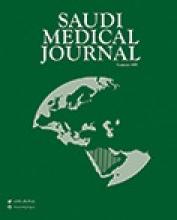Abstract
Stroke is a leading cause of serious and long-term disability and death worlwide, with approximately 750,000 strokes occuring annually in the United States of America. The risk of stroke doubles each decade for people over 55 years. Cerebral angiography conducted soon after the onset of stroke demonstrates arterial occlusion in 70%-80% of cases. Recanalization of an occluded cerebral artery may assist in the recovery of reversibly ischemic tissue and limit the neurological disability. In June 1996, the recombinant tissue plasminogen activator was approved as a safe and an effective intravenous treatment for acute ischemic stroke, especially if given within 3 hours of onset of symptoms. Since approval, less than 5% of all stroke patients are receiving recombinant tissue plasminogen activator. In this review we try to answer the question of whether recombinant tissue plasminogen activator therapy should be the first-line treatment for acute ischemic stroke. The result of major recombinant tissue plasminogen activator trials will be summarized and reviewed critically.
- Copyright: © Saudi Medical Journal
This is an open-access article distributed under the terms of the Creative Commons Attribution-Noncommercial-Share Alike 3.0 Unported, which permits unrestricted use, distribution, and reproduction in any medium, provided the original work is properly cited.






